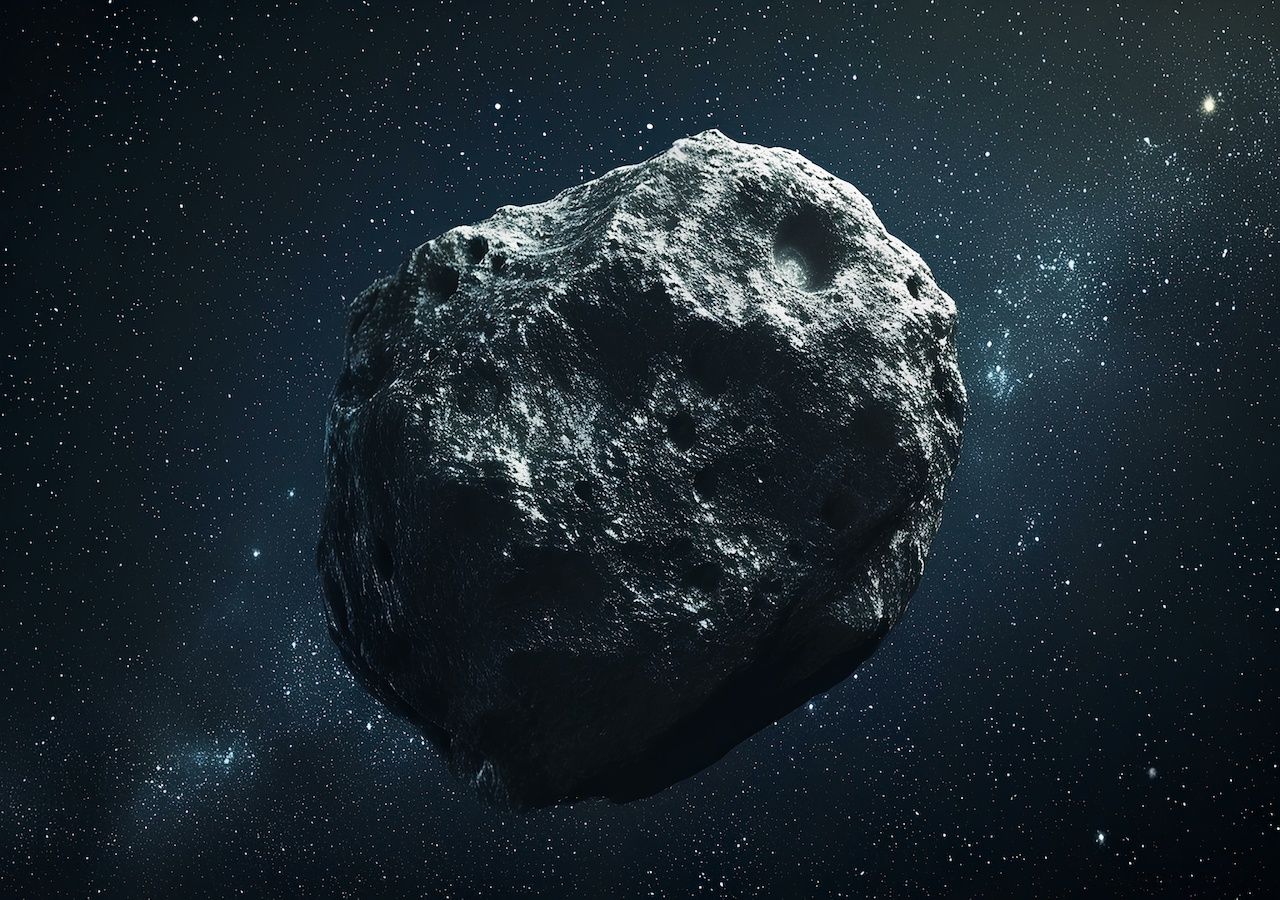NASA's spacecraft named Lucy passed its first Denkenish target in November last year (2023). Scientists monitoring it discovered that an asteroid they were monitoring called Dinky was not alone in space, as a satellite asteroid called Salem was orbiting it. While the Lucy spacecraft was sending information back to Earth, the team discovered this Salem was actually two moons mixed together!
Lucy's team included Jessica Sunshine, a professor of astronomy and geology at the University of Maryland, who was surprised to see that The complexity of these small objects was greater than expected. Professor Shams said: “Thanks to additional observations provided by the spacecraft, we were able to better analyze features such as Dinkenish's rotational speed and Salam's orbital pattern. We also have a better understanding of the materials they may be made of, bringing us one step closer to understanding how terrestrial objects are created. “

The images taken by Lucy showed a depression in Dinkenish that represents the place where a piece of the asteroid separated from its main body. Dinky's rapid rotation is thought to have been aided by the uneven reflection of sunlight on the asteroid's surface, causing it to break off and rain down rocky debris into its orbit. Some of this debris may have formed Salem, while some fell on Dinky in the form of boulders that form the hills the spacecraft now sees..
What does it mean for Earth
Hal Levison of the Southwest Research Institute, Boulder, Colorado, is the principal investigator for the Lucy mission, who reflected: “One of the important things for understanding how planets like Earth get here is To understand how things behave when they collide with each other, and to understand that we need to understand their strength“.
“Basically, planets formed when… [objetos más pequeños como asteroides] Which were orbiting around the sun collided with each other. Whether things break when they collide or stick together has a lot to do with their strength and internal structure.“.
To maintain much of his form, Denki must have enough inner strength to do so, however The history of the formation of double moons remains a mystery, leaving room for ambiguity Further investigation. There are nine more asteroids that Lucy will explore over the next twelve years.
we There are some ideas to think about About how celestial bodies actually formed after this observation by Lucy. This raises broader questions about How planets formed, even like EarthAs the sun runs away: “We know that large planets are made of smaller bodies, so studying these small asteroids allows us to see how materials behave and interact on a smaller scale. With Dinki and the other asteroids we've flown by, so are we Laying the foundation for understanding how planets form“.
News reference:
Leveson, H.F., Marchi, S., Knoll, K.S. et al. Binary satellite contact of asteroid (152830) Dinkenish. nature 629, 1015-1020 (2024). https://doi.org/10.1038/s41586-024-07378-0





